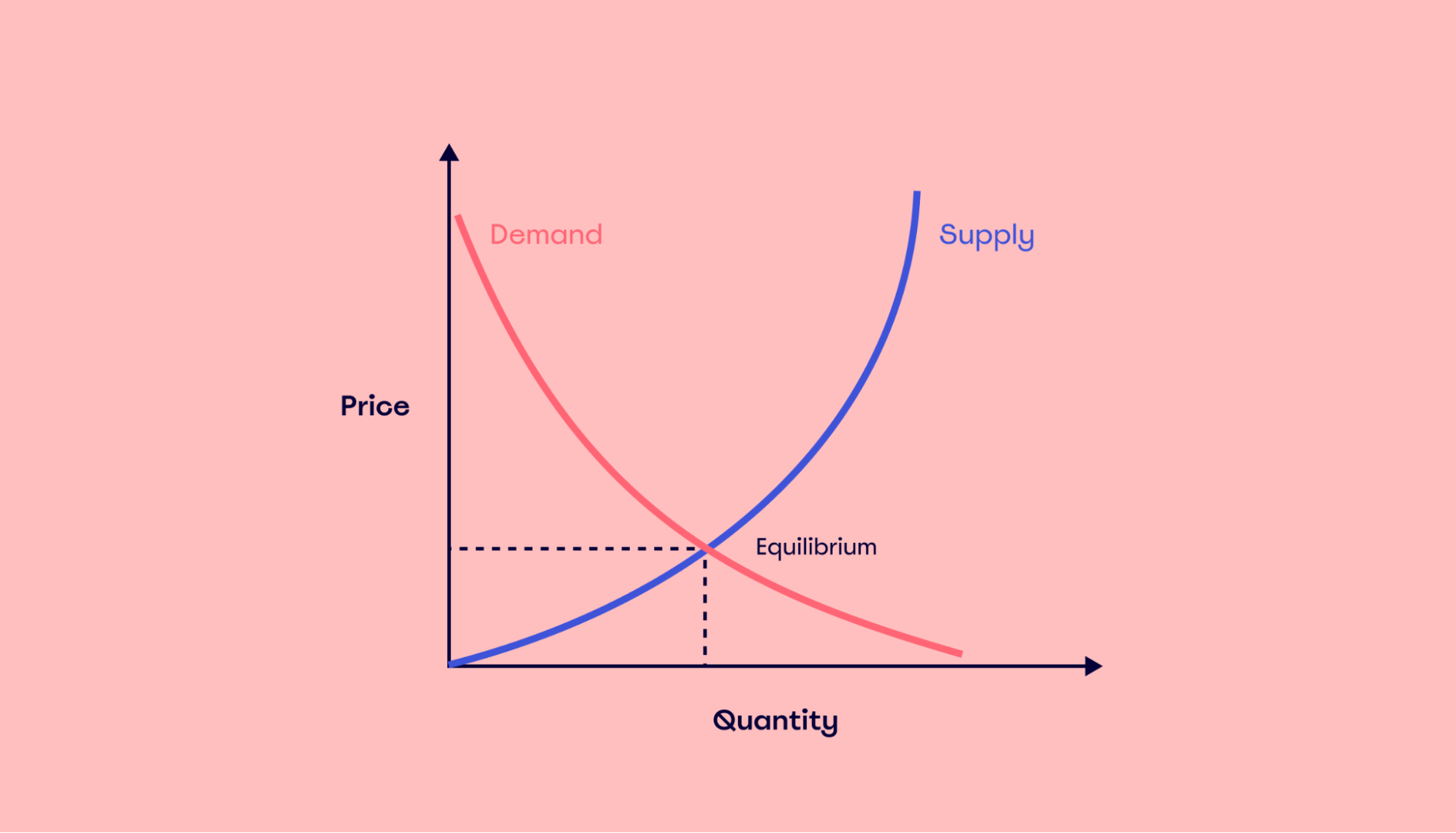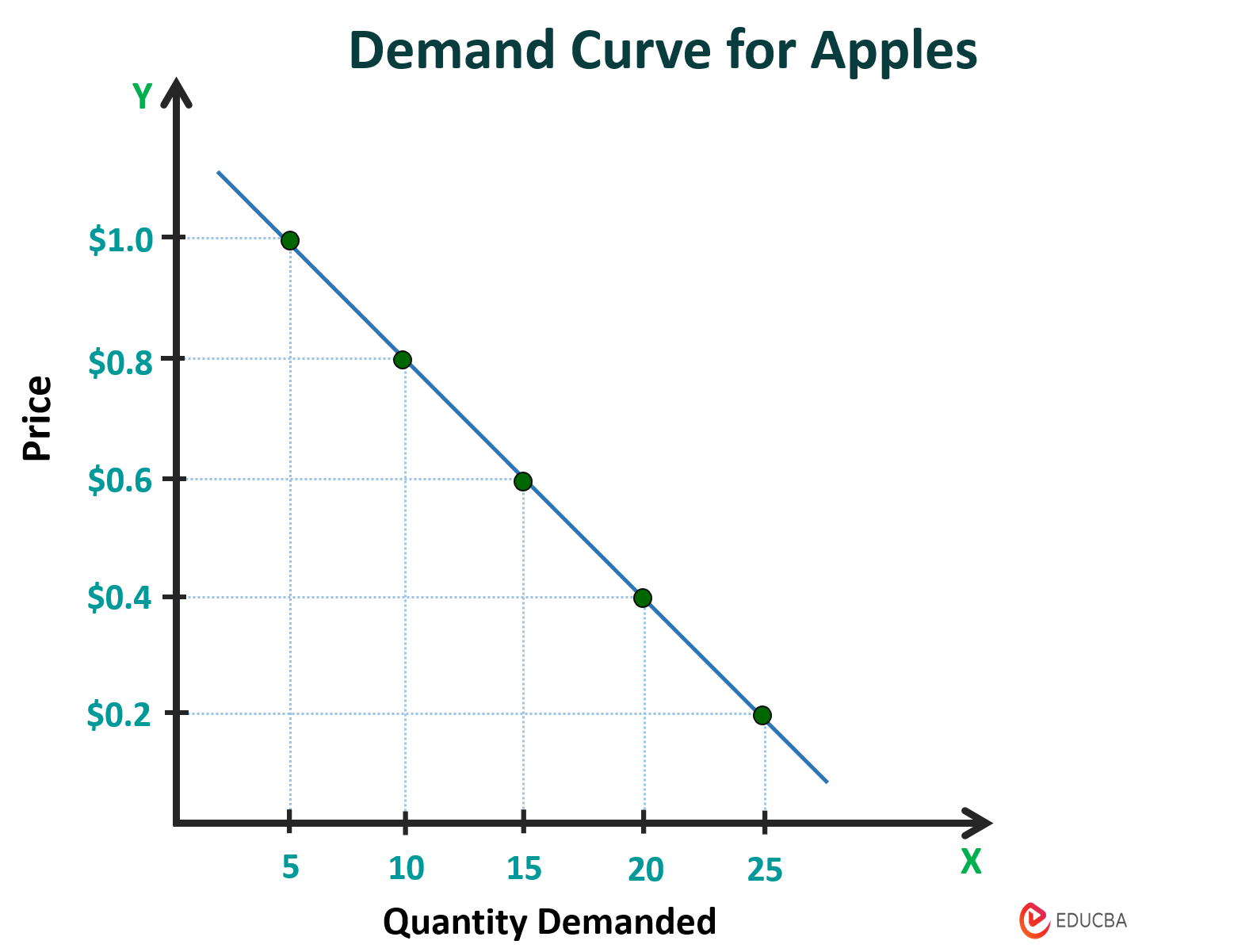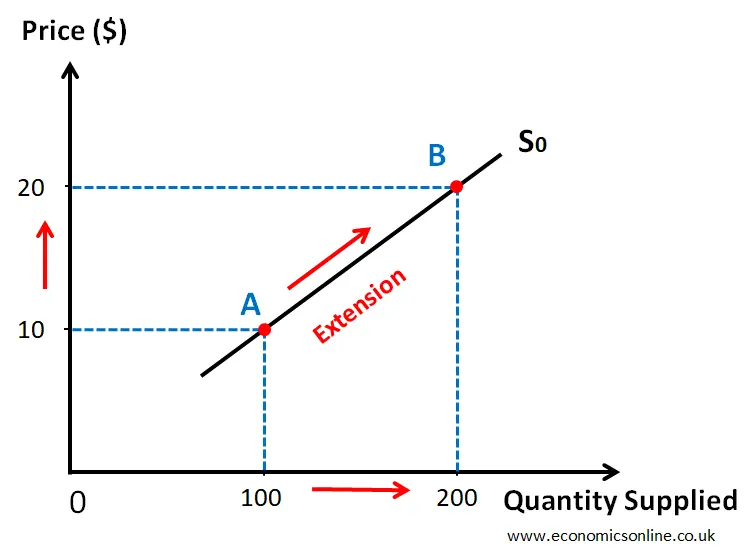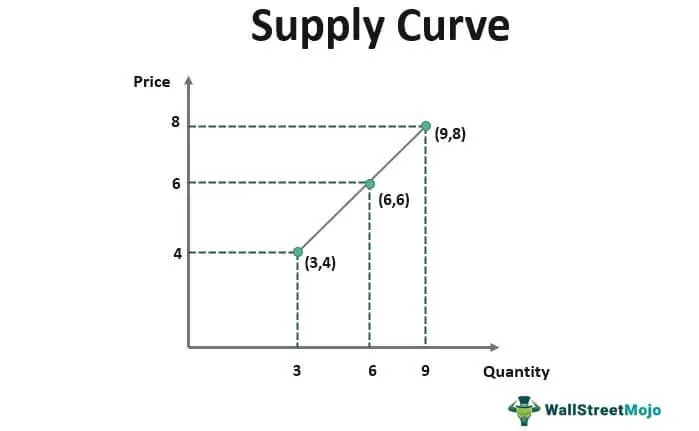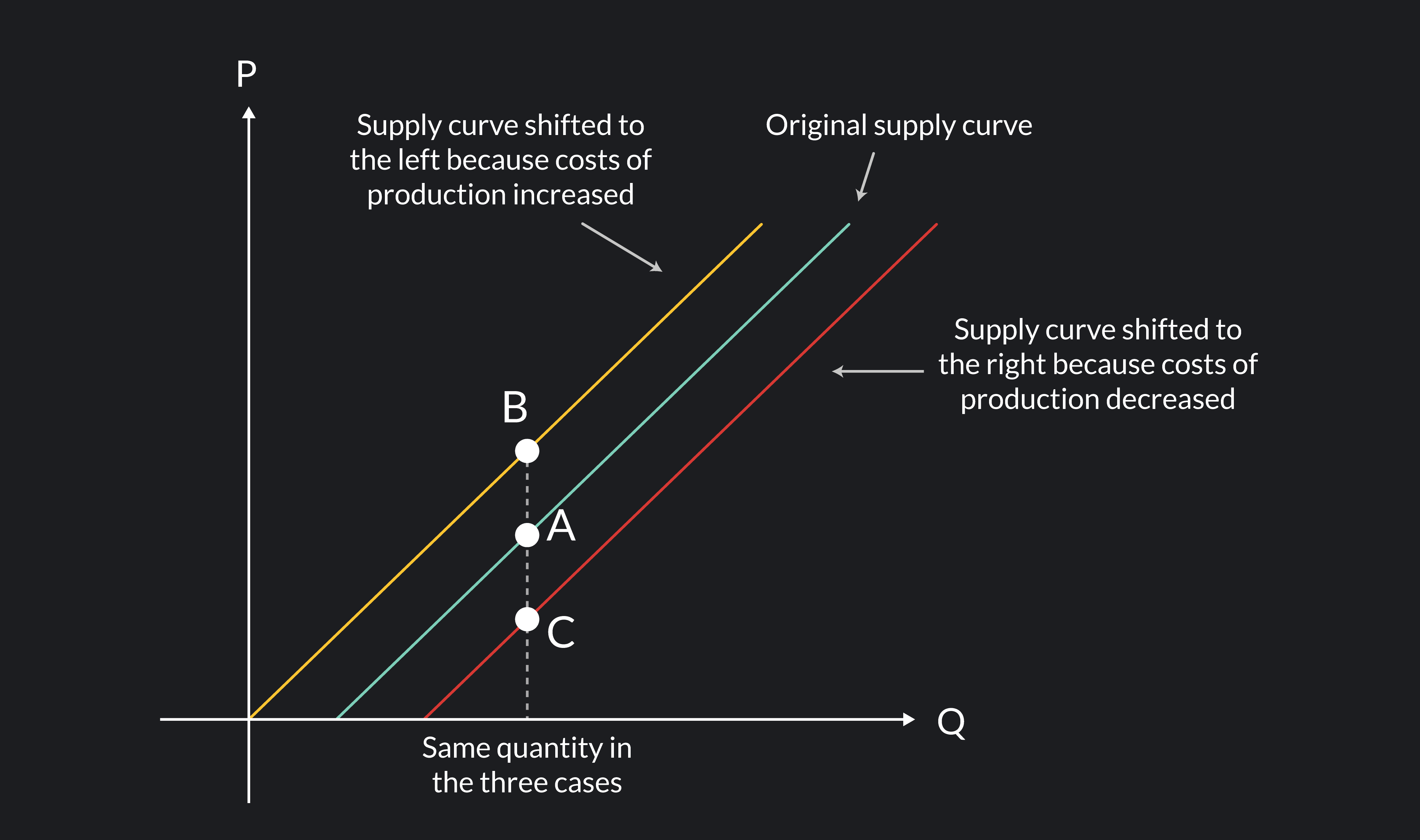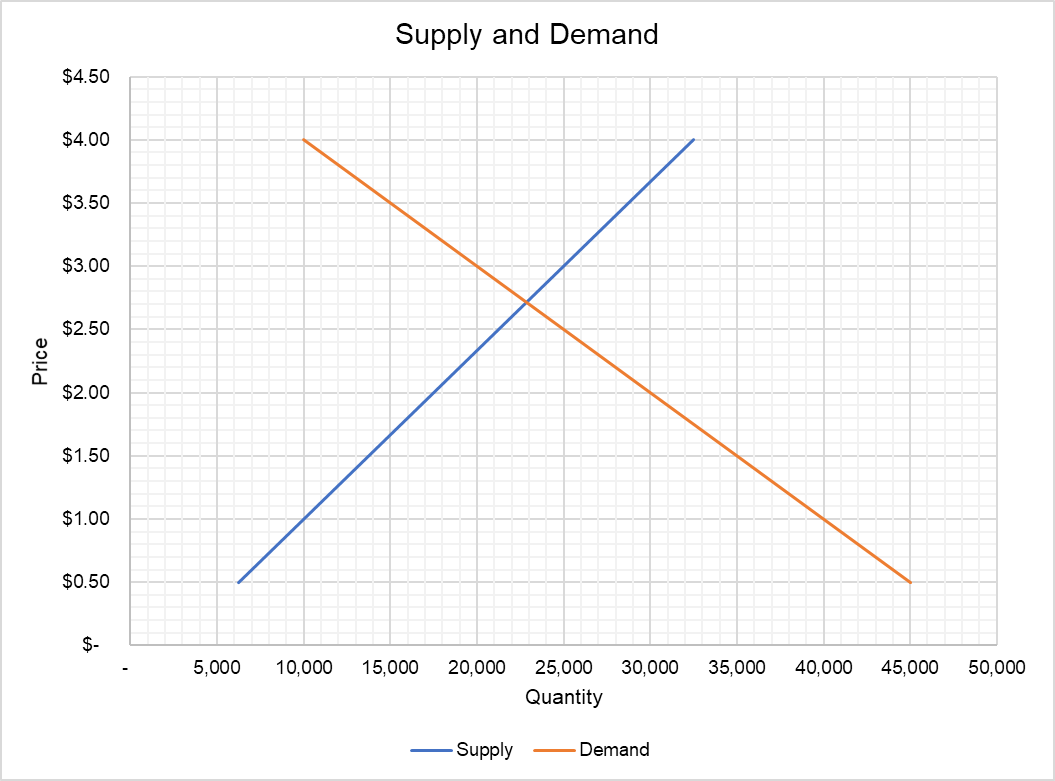A Simple Supply Curve Shows A Relationship Between The
:max_bytes(150000):strip_icc()/supply_curve_final-465c4c4a89504d0faeaa85485b237109.png)
Price hikes are imminent as fundamental shifts in the supply of critical resources become evident. A basic tenet of economics, the relationship between price and quantity supplied, is now driving market volatility with immediate consequences for consumers and businesses.
The supply curve, a foundational concept illustrating how producers offer more of a good or service at a higher price, is undergoing stress. The increasing cost of raw materials, labor shortages, and geopolitical instability are constricting supply, leading to projected price increases across several sectors.
Understanding the Supply Curve's Impact
The core principle is straightforward: as the price of a good increases, suppliers are incentivized to produce more. Conversely, a decrease in price typically leads to a reduction in supply.
However, external factors are now distorting this relationship, causing what economists call a shift in the supply curve.
This means that at any given price, producers are now willing or able to supply less than before, creating a situation of supply scarcity.
Raw Material Costs Surge
Data released by the Bureau of Labor Statistics (BLS) reveals a dramatic increase in the Producer Price Index (PPI) for key commodities. For example, the price of aluminum has risen by 27% in the last year alone.
This added cost is directly passed on to manufacturers, who then reduce their output or increase prices to maintain profitability.
The rise in energy prices is also playing a significant role, with oil prices surging above $90 a barrel, impacting transportation and production costs across various industries, from agriculture to manufacturing.
Labor Shortages Exacerbate Supply Issues
The availability of workers is another critical factor impacting supply. According to the Department of Labor, there are currently over 10 million job openings in the United States, far exceeding the number of available workers.
This shortage is particularly acute in sectors like manufacturing and transportation, hindering production and distribution efforts.
Businesses are struggling to meet demand even at higher prices due to lack of skilled labor.
Geopolitical Instability Disrupts Global Supply Chains
The ongoing conflict in Ukraine and trade tensions with China are further disrupting global supply chains. These events are causing shortages of essential components and raw materials, leading to production delays and increased costs.
"The conflict has created significant uncertainty in the market, impacting the availability and price of key commodities,"stated Dr. Emily Carter, an economist at the Peterson Institute for International Economics.
This geopolitical turmoil is not only affecting the supply of goods but also increasing transportation costs, adding further pressure on prices.
Who is Affected?
The ripple effects of these supply constraints are being felt across the entire economy. Consumers are facing higher prices for everyday goods, from groceries to gasoline.
Businesses are struggling to manage costs and maintain profitability.
Small businesses are particularly vulnerable, as they often lack the resources to absorb these increased costs and negotiate favorable terms with suppliers.
What Actions Are Being Taken?
The Federal Reserve is closely monitoring the situation and has already implemented a series of interest rate hikes to combat inflation. These measures are designed to cool down the economy and reduce demand, which could help ease some of the supply pressures.
The Biden administration is also exploring ways to address supply chain bottlenecks, including investments in infrastructure and efforts to diversify supply sources.
However, these measures are unlikely to provide immediate relief, and experts predict that supply constraints will persist for at least the next several months.
Next Steps and Ongoing Developments
The Federal Reserve is expected to announce further interest rate hikes in the coming months, signaling a continued effort to combat inflation. Businesses should prepare for continued volatility in the market and explore strategies to mitigate the impact of rising costs.
Consumers should anticipate higher prices and adjust their spending habits accordingly.
The situation remains fluid, and ongoing developments in geopolitics and labor markets will continue to shape the supply curve and its impact on the economy.
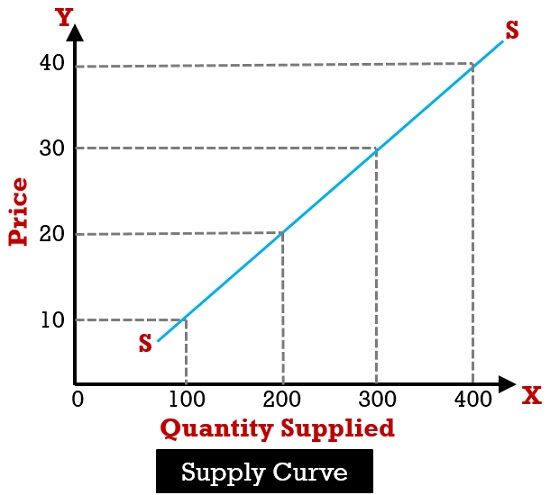
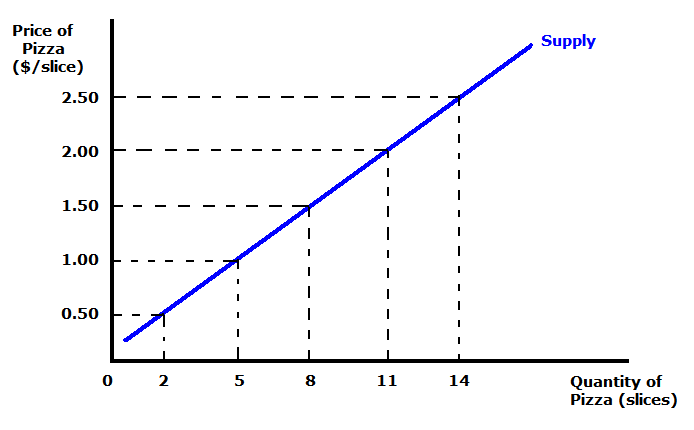
:max_bytes(150000):strip_icc()/supplycurve2-102d446740e14584bc355228d72bfd44.png)




